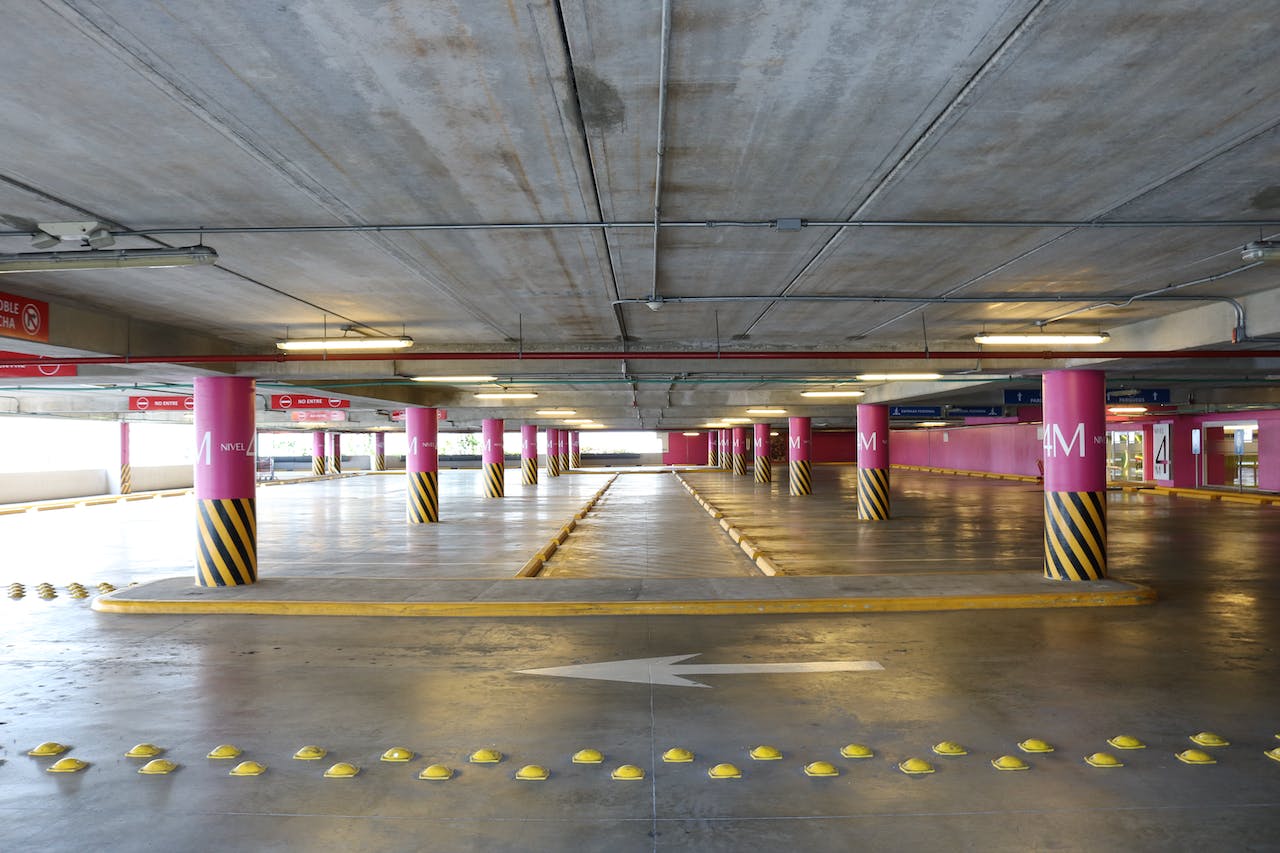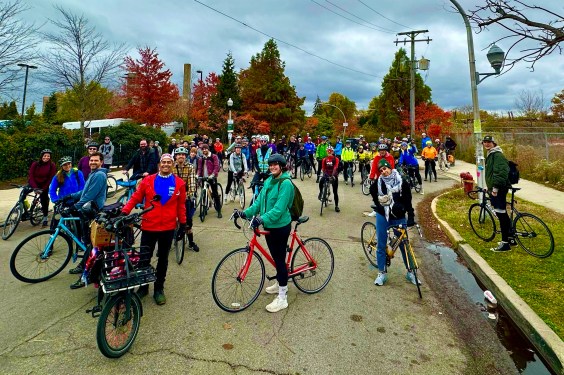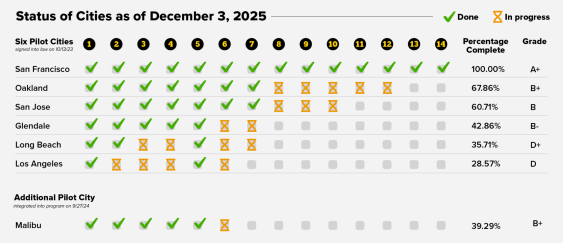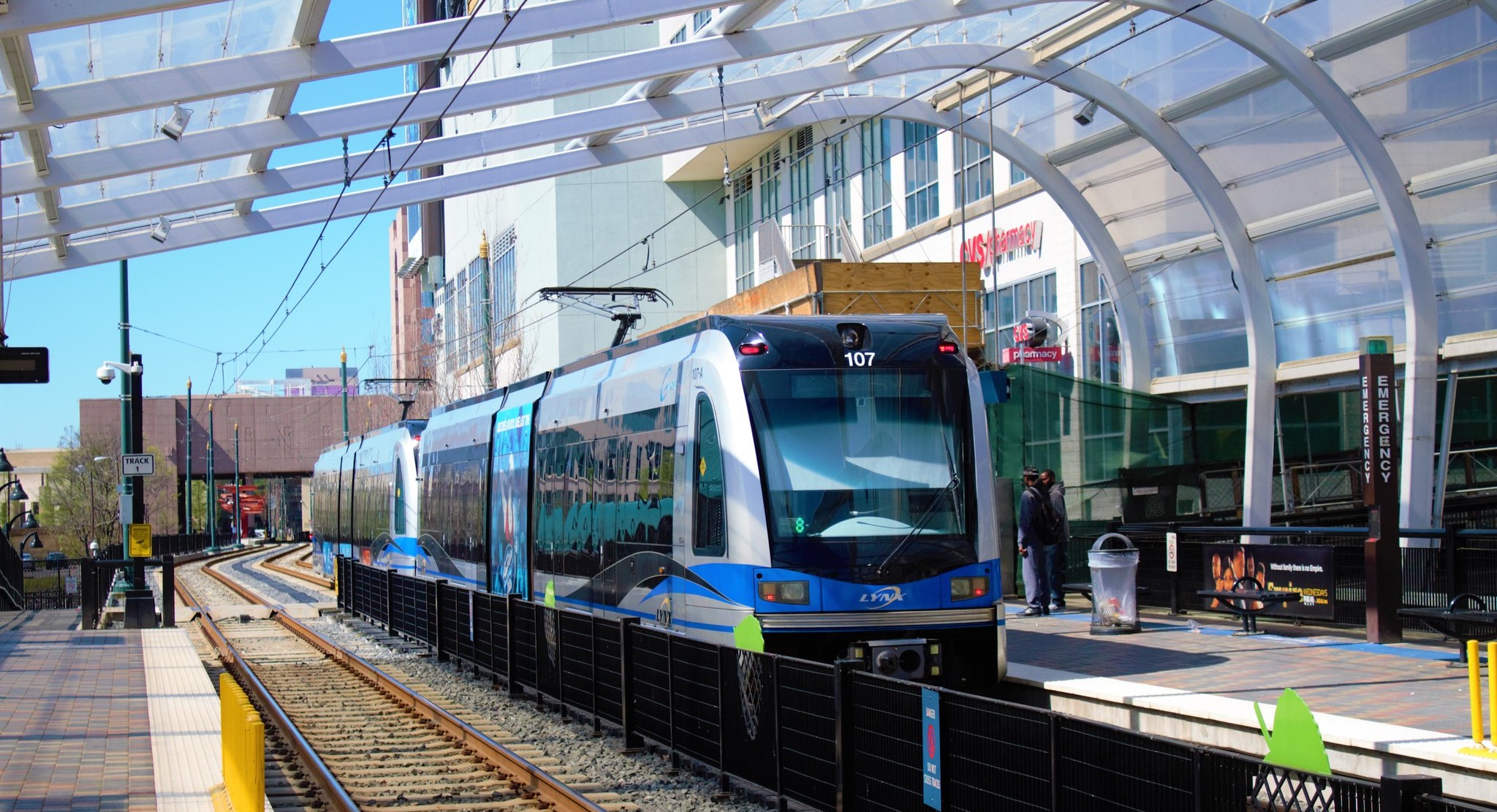Cities already have the tools to end the scourge of poorly parked scooters and help communities embrace a powerful alternative to driving, a new report finds — and in the process, they can even increase visibility at intersections and make streets safer for everyone.
After interviews with transportation leaders from a dozen cities around the world, a team of researchers at the University of Oregon's Urbanism Next Center released a new guide to the nuts and bolts of how to do scooter parking right.
And that guide couldn't come a moment too soon for supporters of the mode. Even cities that embrace the car-replacing power of scooters often grow frustrated by cluttered sidewalks and blocked wheelchair ramps when those vehicles come to a stop — sometimes even calling for entire micromobility programs to be cancelled because of the problem.
In Washington, D.C., for instance, an estimated 5.9 percent of micromobility vehicles blocked a pedestrian walkway at the end of the ride, while in Portland, Ore., a whopping 8.1 did. And that doesn't include include other possible parking fails, like not chaining scooters up to designated bike racks in cities that require riders to use external locks, or simply leaving them in places that make streetscapes uglier, such as in places that block public art.
"Parking is probably the top challenge we face with the program overall," said Nathan Pope, senior city planner for the city and county of Denver DOT, which was interviewed for the study. "There's certainly other challenges, but this one continues to bubble to the top."

Of course, most scooter riders aren't inconsiderate scofflaws who are trying to litter city streets with annoying trip hazards. The researchers argue, though, that city leaders need to do more to set micromobility users up to succeed — by rolling out clear, easy-to-follow parking rules and great infrastructure to match.
That starts when cities provide ample scooter parking everywhere they might expect someone to ride, especially in communities that require their users to lock to specific racks or utilize dedicated parking zones, which many experts agree is a best practice. The magic number, the researchers found, appeared to be around every 200 meters, meaning that riders never had to walk more than about 100 meters to find a safe place to end their trip – and each micromobilty vehicle in a fleet should ideally have three spaces available to it at all times to ensure riders are never left circling for a spot for too long. (Each car in the U.S., by contrast, is estimated to have about eight.)
Cities can also double their impact and let scooter parking double as daylighting by locating scooter corrals directly on street corners, rather than letting a car park there and block the view of oncoming road users — a practice known as daylighting that has helped cut traffic deaths to zero in cities like Hoboken, N.J. Some might even charge micromobility operators for the use of that precious real estate, easily outstripping any parking fees they might collect from individual drivers or simply bollarding spots off.
Or, as study author Cornell University associate professor Nick Klein succinctly put it: "Make sure it's obvious to people where to park, that spaces are readily available — and if you can put them in the street, put them the street."

The researchers acknowledge that on-street scooter parking can have drawbacks, especially in cities that need to clear lots of leaves in the fall and snow in the winter — though they argue that if they use simple, minimal designs, those hurdles can be overcome. And it can also have the happy side effect of encouraging scooters to stay on the street where they belong – or in the bike lane, if a city has built one.
"[It can] create a cohesive network of micro mobility parking, but also it sends a clear message to riders that we don't want people riding on sidewalks," added Brown.
In some ways, Brown and her co-authors recognize that messaging is the hardest part of solving the scooter parking problem. No matter how well-designed a parking corral is or how many scooters it can hold, it can be hard to navigate the thorny politics of installing it in what was once a spot for a single driver to store his privately owned car in the public right of way.
For Pope of Denver, though, it is possible to help community members see the need for scooter parking, and also for micromobility on the whole — if transportation leaders ask themselves a different set of questions.
"How do we take those non-riders and show them that the infrastructure that's going to support this is going to help them as well?" he added. "So say you're not a scooter rider, but you're concerned about scooters parked incorrectly; you should be supporting and helping us identify places for parking corrals. If you're concerned about scooter riding on the sidewalk, well, the best place is to give them a dedicated, separated place from cars and pedestrians. The solutions here work for the person riding, but also for the person who doesn't use as well."
If cities can get scooter parking right, Brown hopes that cities can prompt a larger conversation about what the rest of our streets are for, too — and why devoting them to cars alone isn't working.
"Creating a resilient urban transportation system means anything that helps individuals make more travel choices," she added. "[Addressing scooter parking] can also be catalyst for a more broad rethinking of how we're using our streets, and all the different goals we want to accomplish with that limited space we have."






